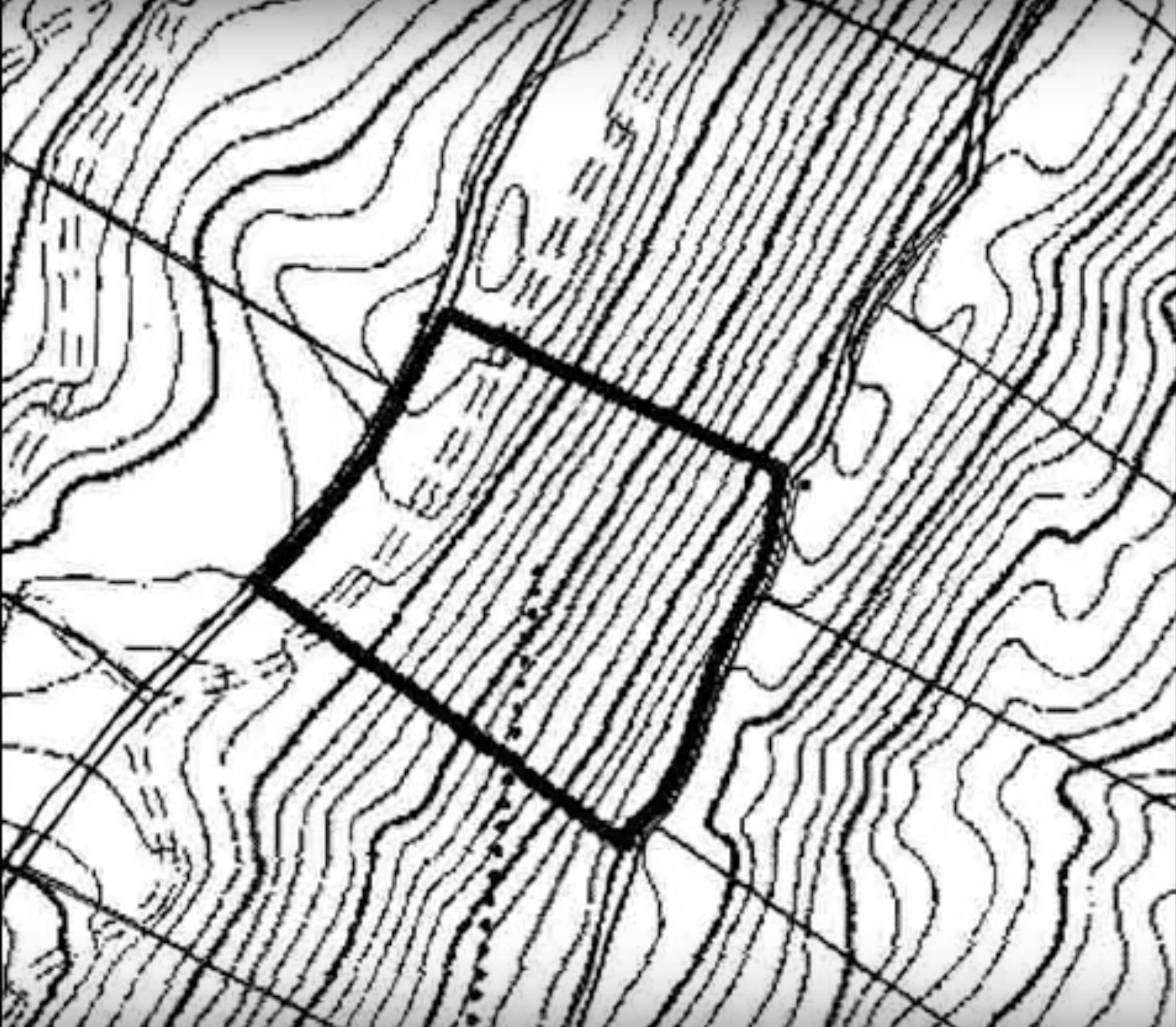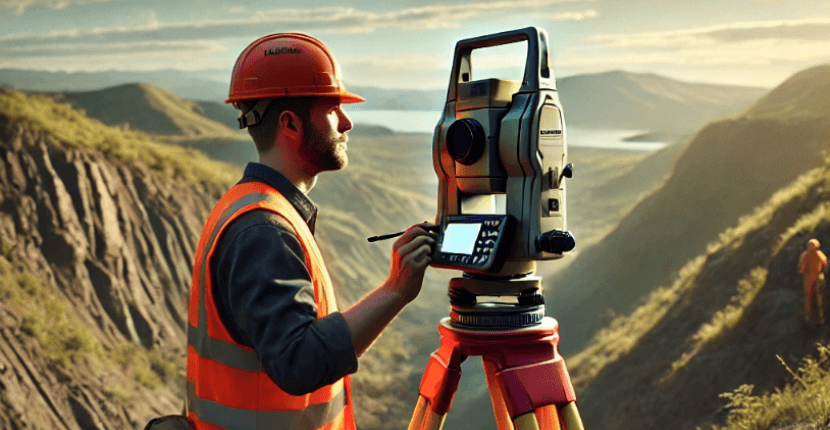Measured Building Surveying for Real Estate and Architectural Projects
Measured Building Surveying for Real Estate and Architectural Projects
Blog Article
Vital Tools and Techniques in Laying Out Engineering
The self-control of setting out engineering counts heavily on a suite of vital devices and techniques that underpin the accuracy and performance of task implementation. What implications does this hold for future design methods?
The Relevance of Accurate Dimensions

The value of accurate dimensions extends beyond mere conformity; they are essential to the total efficiency of engineering procedures. Mistakes can bring about material waste, task hold-ups, and boosted labor costs, inevitably influencing the task's profits. Additionally, specific measurements enhance the high quality of the last item, guaranteeing that it executes as intended and satisfies the assumptions of stakeholders - setting out engineering.
Furthermore, the importance of exact dimensions is obvious in various engineering self-controls, including civil, mechanical, and electric design. Hence, promoting a society that focuses on accuracy is essential for the future of engineering.
Crucial Devices for Laying Out
Establishing out, an essential phase in the design and construction procedure, counts heavily on certain tools that ensure accurate place and positioning of frameworks. Amongst these devices, the property surveyor's level stands apart, offering precise horizontal measurements crucial for developing reference points. This tool allows engineers to identify elevation modifications and maintain harmony across the job site.
The total amount station is one more vital device, integrating digital range dimension with angular measurement abilities. This modern technology boosts performance and precision in capturing spatial data, enabling efficient site format and planning.
Additionally, using measuring tapes and noting tools, such as chalk lines or risks, is fundamental for briefly noting boundaries and essential points on the website. These standard tools, though easy, are vital for making sure clear communication amongst the construction team pertaining to job specifications.
Last but not least, GPS modern technology has obtained traction in setting out processes, supplying real-time positioning information and significantly enhancing accuracy over conventional techniques. Jointly, these necessary tools form the backbone of reliable laying out practices, ultimately adding to the effective execution of engineering and building projects.
Advanced Evaluating Techniques
Advanced evaluating methods play a critical duty in improving the precision and effectiveness of design projects. These methods include a variety of methods that provide exact data for layout and building and construction. Conventional approaches, such as leveling and triangulation, have actually evolved right into more sophisticated strategies, including Overall Station surveys and Worldwide Navigating Satellite Systems (GNSS)
Complete Terminal tools incorporate electronic theodolites with distance this dimension capabilities, allowing property surveyors to gather precise area data with great speed. This technology dramatically decreases errors connected with hand-operated measurements and supplies real-time information handling. Furthermore, GNSS uses unequaled precision for large-scale tasks by using satellite signals to identify precise positioning, which is crucial for making sure and straightening structures compliance with style requirements.
In enhancement to these tools, advanced strategies likewise incorporate geospatial analysis and 3D modeling. These techniques allow engineers to picture surface and site problems more successfully, assisting in much better decision-making throughout the planning stage. By employing these innovative evaluating methods, engineering jobs can accomplish greater accuracy in format, reduce rework, and ultimately boost general job success.
Digital Innovation in Engineering
The combination of digital modern technology has actually transformed design techniques, boosting both productivity and precision throughout various self-controls. Devices such as Structure Information Modeling (BIM) facilitate the visualization and administration of complicated tasks, enabling designers to team up seamlessly and make informed choices. This innovation makes it possible for the production of comprehensive 3D designs, which can be evaluated for structural integrity and effectiveness before building starts.

The application of synthetic knowledge and equipment understanding in engineering procedures further boosts predictive maintenance and optimization of resources. Generally, digital modern technology is reshaping the engineering landscape, driving development, and guaranteeing that projects are completed with higher effectiveness and reduced risk.
Finest Practices for Implementation
When applying digital modern technology in design, it is important to establish a strategic strategy that lines up with project objectives and business capacities. A detailed analysis of existing workflows and technology facilities is necessary to recognize voids and chances for enhancement. Engaging stakeholders early while doing so promotes collaboration and guarantees that the modern technology satisfies individual needs.

Job supervisors need to embrace a repetitive execution approach, enabling for adjustments based on real-time feedback and performance evaluations. This agile strategy not just their explanation minimizes risks however additionally advertises constant enhancement by incorporating lessons found out.
Verdict
To conclude, the combination of crucial devices and progressed methods in laying out engineering is vital for making sure precision in measurements and effective task implementation. Employing tools such as property surveyor's levels, complete stations, and GPS technology, alongside contemporary checking techniques, boosts precision and reduces the likelihood of mistakes. Taking on finest practices in application further maximizes these procedures, eventually promoting boosted project outcomes in the engineering and building industries.
The discipline of establishing out design depends heavily on a collection of necessary devices and techniques that underpin the accuracy and effectiveness of task implementation.Furthermore, the value of precise dimensions is evident in numerous design techniques, consisting of civil, mechanical, and electric design. By employing these advanced checking strategies, design jobs can accomplish greater accuracy in layout, lower rework, and eventually boost total job success.
In general, digital technology is reshaping the engineering landscape, driving development, and ensuring that jobs are completed with greater efficiency and minimized risk (setting out engineering).In conclusion, the combination of vital tools and advanced methods in setting out engineering is crucial for guaranteeing precision in dimensions and successful project implementation
Report this page